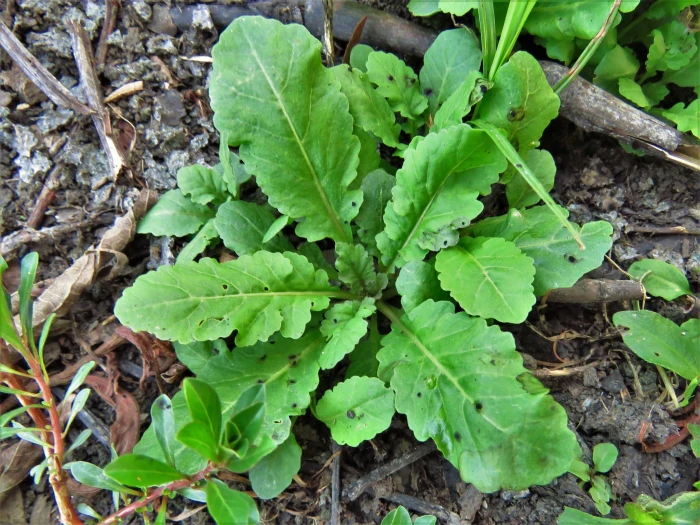Stalkless Yellowcress
(Rorippa sessiliflora)
Stalkless Yellowcress (Rorippa sessiliflora)
/
/

Annika Lindqvist
CC BY 4.0
Image By:
Annika Lindqvist
Recorded By:
Copyright:
CC BY 4.0
Copyright Notice:
Photo by: Annika Lindqvist | License Type: CC BY 4.0 | License URL: http://creativecommons.org/licenses/by/4.0/ | Rights Holder: Annika Lindqvist | Publisher: iNaturalist | Date Created: 2020-09-12T18:52:46-07:00 |























Estimated Native Range
Climate Requirements for Escondido, California
| This Plant | Your Site | Plant Suitability for Your Location | ||
|---|---|---|---|---|
| • Precipitation | 20" - 65" | 14" | Your precipitation may be insufficient for this plant. Irrigate N" / year. | Irrigate N" / year |
| • High Temp. | 80°F - 97°F | 89°F | Your summer temperatures are normal for this plant. | Excellent |
| • Low Temp. | 2°F - 44°F | 42°F | Your winter temperatures are normal for this plant | Excellent |
This plant should grow well at your location with about N inches per year (Y minutes per month) of irrigation.
Summary
Rorippa sessiliflora, commonly known as Stalkless Yellowcress, is an annual herb native to wetland margins, floodplains, and moist, disturbed sites across the midwestern and eastern United States, from South Dakota to Texas and east to Maryland and Florida. It typically grows to a height of 10-60 cm with erect stems that bear small, yellow flowers from May to September. The flowers are not particularly showy, but they give way to thick, wedge-shaped siliques (seed pods) that are characteristic of the species.
Stalkless Yellowcress is valued for its ability to thrive in wet, disturbed soils, making it suitable for rain gardens and restoration projects where soil stabilization is needed. It prefers full sun to part shade and can tolerate a range of soil types, provided they are consistently moist. While it is not commonly used in ornamental horticulture, it can be a useful plant for naturalized areas or wildlife gardens. Care should be taken when introducing it to new areas, as it has the potential to become invasive outside its native range.CC BY-SA 4.0
Stalkless Yellowcress is valued for its ability to thrive in wet, disturbed soils, making it suitable for rain gardens and restoration projects where soil stabilization is needed. It prefers full sun to part shade and can tolerate a range of soil types, provided they are consistently moist. While it is not commonly used in ornamental horticulture, it can be a useful plant for naturalized areas or wildlife gardens. Care should be taken when introducing it to new areas, as it has the potential to become invasive outside its native range.CC BY-SA 4.0
Plant Description
- Plant Type: Herb
- Height: 0.5-1.5 feet
- Width: 0.5-1 feet
- Growth Rate: Rapid
- Flower Color: Green, Yellow
- Flowering Season: Spring, Summer, Fall
- Leaf Retention:
Growth Requirements
- Sun: Full Sun, Part Shade
- Water: High
- Drainage: Fast, Medium, Slow
Common Uses
Water Garden
Natural Habitat
Wetland margins, floodplains, and moist, disturbed sites
Other Names
Common Names: Sessilefruit Yellowcress
Scientific Names: Rorippa sessiliflora, Nasturtium limosum, Nasturtium sessiliflorum, Radicula limosa, Radicula sessiflora, Radicula sessiliflora
GBIF Accepted Name: Rorippa sessiliflora